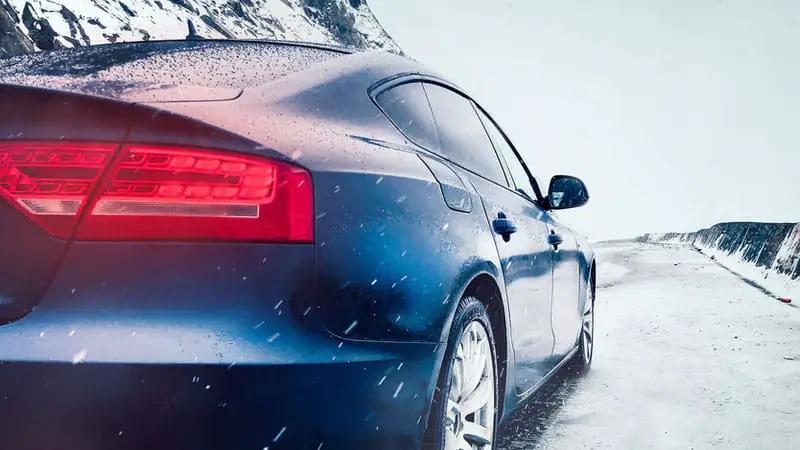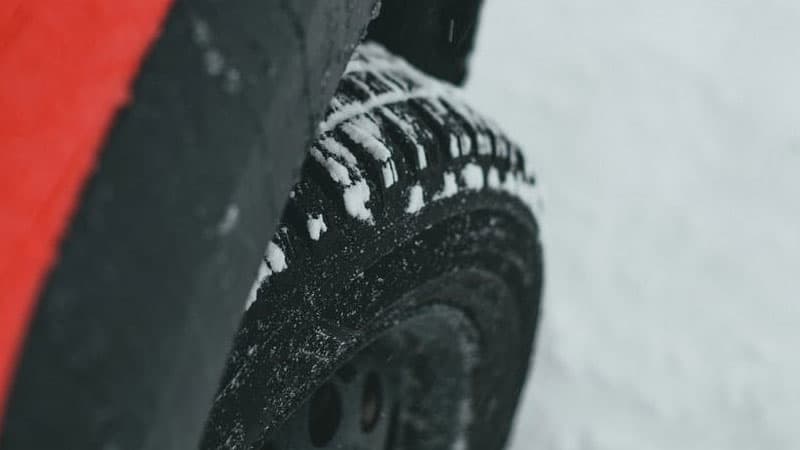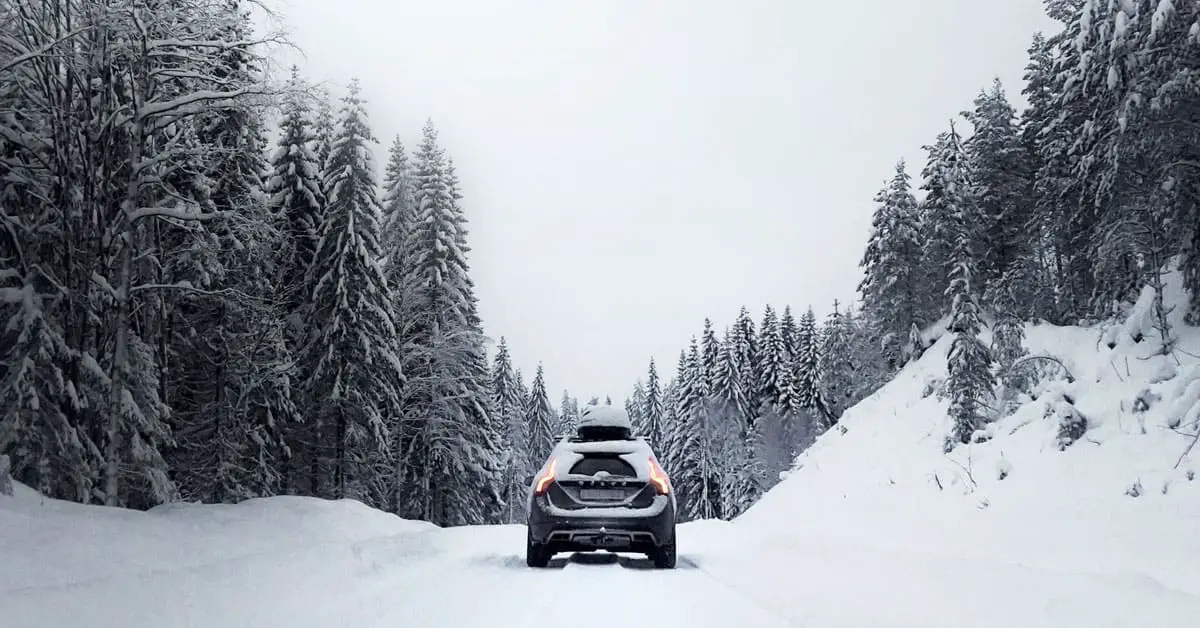Over the past few years, smart cars have increased in popularity, across the world. Well, this is possible, all thanks to the amazing features packed by the vehicle. Smart vehicles are quiet, small in size, and consume less fuel when compared to other cars.
Furthermore, I’m sure you’ll agree that the performance of vehicles varies depending on a couple of factors, such as the drivetrain orientation. When faced with snow driving conditions, all-wheel-drive (AWD) cars are known to have the best performance. Under slippery driving conditions, these vehicles often operate with their power going to wheels with the best traction.
Again, when faced with winter driving conditions, rear-wheel drive (RWD) vehicles happen to be at the bottom of the scale of all four types of drivetrains. It’s hard to see RWD in newly released compact cars and car-based SUVs.
Most Smart cars, such as Smart Fortwo and Smart ForFour, are rear-wheel-drive vehicles. These cars are less ideal for driving in snow conditions because of their weight distribution. However, provided you live in a snowy area that gets plowed every day and your Smart car utilizes stud tires, you should be fine.
How safe is driving a Smart car in snow driving conditions? Is the Smart Fortwo good in snow? Is it easy to drive my smart car in the snow? These and more are the frequently asked questions that you’ll find answers to in the rest of this post.
How Safe Is Driving a Smart Car in the Snow?

As earlier mentioned, Smart cars can, no doubt, be driven in the snow. While that’s true, you need to understand that the vehicles are less ideal for such weather. Before going deep to explain why Smart cars are less ideal for winter driving conditions, let me start by talking about some of the features of Smart cars.
What Are Smart Cars?
The name Smart cars came from two different companies; Swatch and Mercedes. Swatch, founded by Nicolas Hayek, is the company that manufactures watches. Together with Mercedes, the two companies designed Smart cars, which has the S gotten from Swatch, M from Mercedes, and “art” being creativity added to the name.
Smart Cars: Rear-Wheel Drive Feature
One of the common features of Smart cars, such as Smart Fortwo and Smart ForFour, is that they are rear-wheel drive (RWD) vehicles. In case you don’t know, RWD is one of the four types of drivetrains that cars feature. Rear-wheel drive in vehicles means that all the car engine’s power is sent to the back two wheels.
In ideal driving conditions, Smart cars allow better handling and more even weight distribution. Well, that’s so because the front wheels of RWD vehicles are responsible for steering while the two rear wheels perform the main work of receiving and sending the engine’s power to the road.
However, in the winter driving conditions, Smart cars always find it pretty difficult to accelerate on icy roads. That’s so because they are RWD designed, having their drive wheels in the lighter part of the vehicle. Unfortunately, these wheels struggle for traction, as there’s not much weight on them.
Furthermore, an RWD vehicle, such as Smart ForTwo, is more prone to fishtailing because it has its drive wheels in the lighter part of the vehicle. In this kind of situation, the Smart car struggles to accelerate on slippery and icy roads. Rear wheels lose traction, and that results in oversteering the car.
Are Smart Cars Safe to Be Driven in the Snow?
Now, let’s go back to the burning question of whether or not Smart cars are safe to be driven in snow.
The answer to the question is no; Smart cars are less ideal for snow driving conditions. However, if you’re the type that knows your way around driving AWD cars on slippery or icy roads, you’ll certainly not have an issue with your smart car.
That said, here are some of the tips that you can follow to survive winter with your Smart car:
- The first thing I’ll tell you to do is add weight to the rear end of the vehicle. Doing that will help you add more weight to the axle sending power to the road, allowing it to grip better.
- Alternatively, you need to learn how to drive your Smart car better, especially in winter. The more you practice, the better you’ll become at handling the car during snow driving conditions.
Are Smart Fortwo Cars Good in Snow?

Here’s another frequently asked question regarding Smart cars – are Fortwo vehicles good in snow?
It’s pretty simple; Smart Fortwo cars aren’t the best to be driven in snow. They are AWD and have their drive wheels in the lighter part of the vehicle. However, if you live in a region that is regularly plowed, you’ll most likely not have issues driving your Smart car in the snow.
Furthermore, if the snow is 6 inches or more from the ground, I’ll advise you to stay away from driving your Smart Fortwo car because of its low ground clearance. Your car’s underside could get damaged by snow because of the ground clearance.
Is It Easy to Drive Smart Cars in the Snow?
The simple and direct answer to the question is Smart cars aren’t easy to drive on icy roads. They tend to encounter wheel-spin and fishtailing because of a lack of traction.
As we all know, the advancements in technologies brought about the introduction of traction control. Smart cars have traction control. The combination of this system with study or winter tires can help prevent the vehicles from spinning during snow driving conditions.
Even at that, Smart cars still struggle to accelerate on slippery roads because the engine power is usually sent to the rear wheels, which have an empty trunk. Forward-wheel drive (FWD) vehicles have the engine weight on the axle receiving and sending engine power to the road. That’s why they are better than Smart cars, which are RWD.

